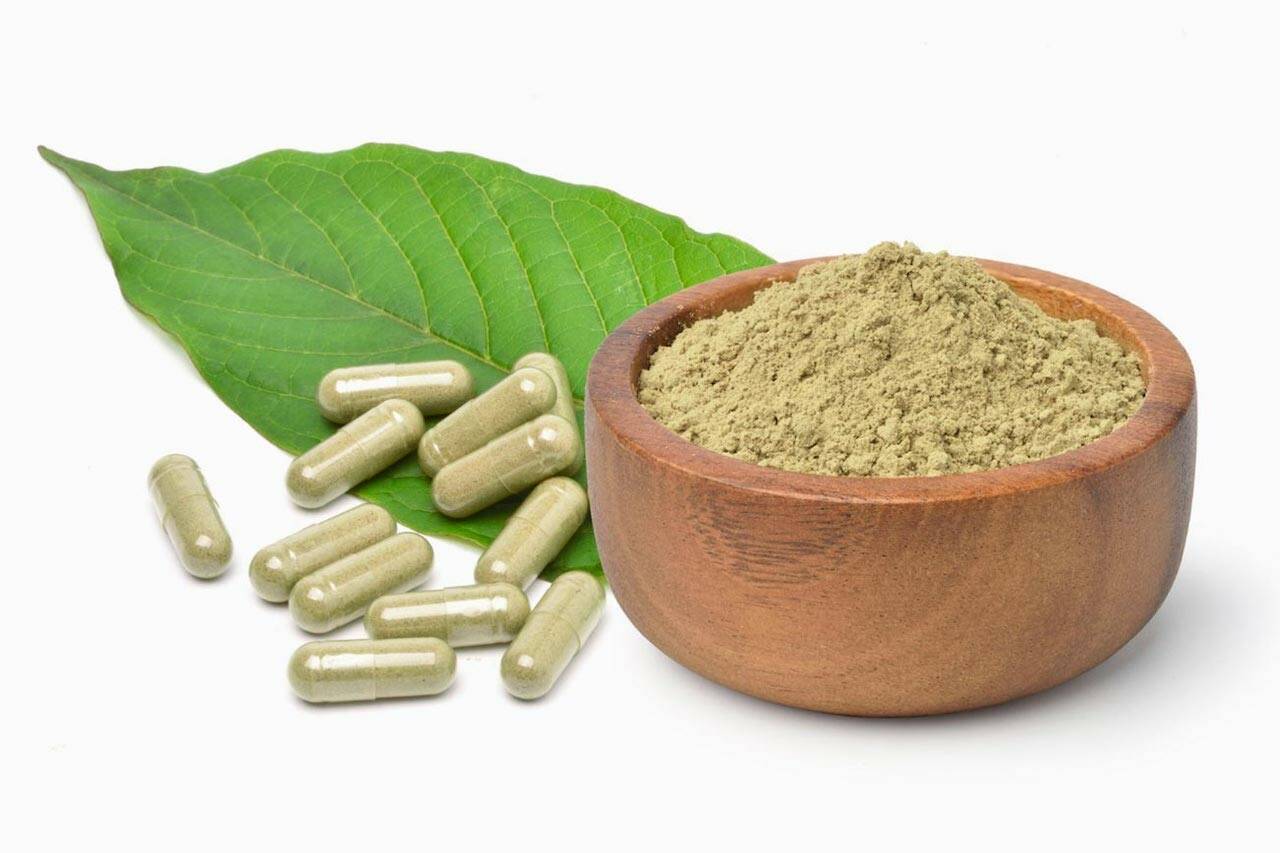Kratom, a plant native to Southeast Asia, has gained popularity in recent years as an alternative medicine for pain relief and mood enhancement. However, there is still much mystery surrounding this plant and its effects on the body.
Many people have turned to kratom as a natural remedy for chronic pain, anxiety, depression, and opioid withdrawal symptoms. The active compounds in kratom – mitragynine and 7-hydroxymitragynine – are believed to interact with opioid receptors in the brain, producing pain-relieving and mood-enhancing effects similar to opioids.
Despite its potential benefits, kratom has also been surrounded by controversy. The FDA has raised concerns about the safety of best kratom brands due to reports of adverse effects such as liver damage, seizures, and even death. In response to these concerns, several states have banned the sale of kratom or classified it as a controlled substance.
One of the biggest challenges in studying kratom is the lack of regulation and standardization in its production and distribution. Kratom products vary widely in potency and purity, making it difficult for researchers to determine their exact effects on the body.
Another challenge is that most studies on kratom have been conducted on animals or cell cultures rather than humans. While these studies have provided some insights into how kratom works in the body, more research is needed to fully understand its mechanisms of action and potential risks.
Despite these challenges, some researchers are working to uncover the secrets of kratom and shed light on its potential benefits and risks. One study published in Frontiers in Psychiatry found that regular kratom use was associated with increased levels of serotonin – a neurotransmitter that plays a key role in regulating mood.
Other studies have suggested that certain strains of kratom may be more effective for pain relief or mood enhancement than others. For example, red vein strains are often recommended for relaxation and sedation, while white vein strains are said to provide energy and focus.
In conclusion, while kratom holds promise as a natural remedy for various health conditions, more research is needed to fully understand its effects on the body. By decoding its secrets and unveiling its mysteries through rigorous scientific investigation, we can better assess its safety and efficacy as a therapeutic agent. Until then, caution should be exercised when using kratom for medicinal purposes.

